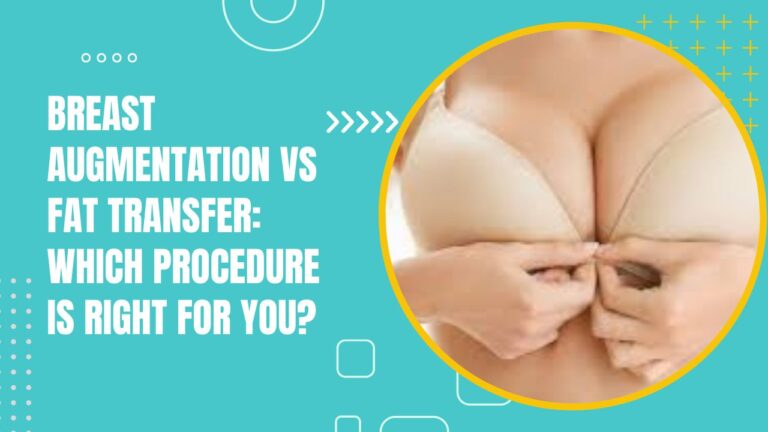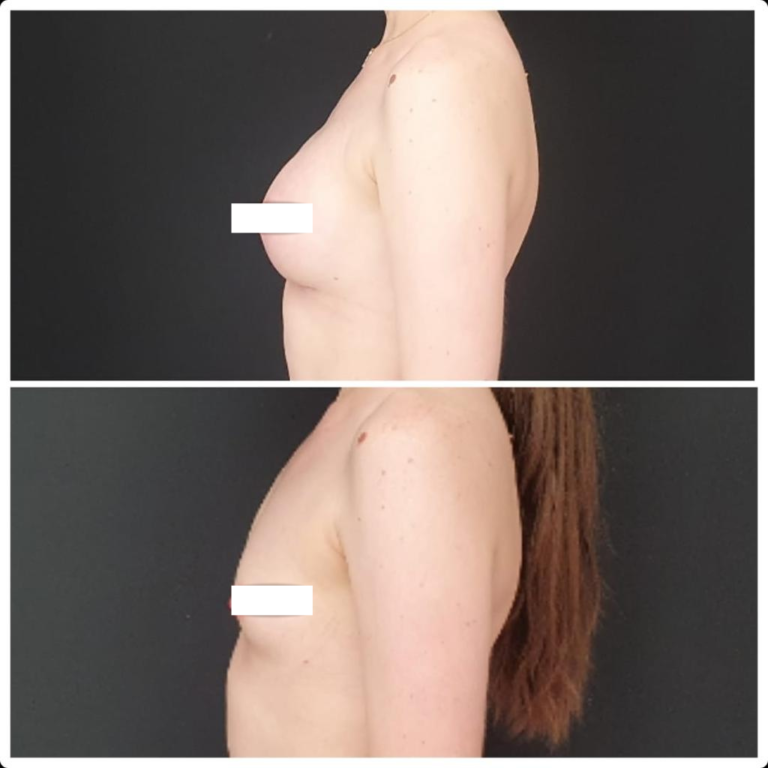What is the difference between breast augmentation and implants? What are the types of breast implants? What are the types of breast augmentation? Read on to be informed.
Breast augmentation is a common practice sought after by many women today. Technology has advanced enough to make the procedure safe and painless. It is essential to distinguish between breast augmentation and implants. This information will help you decide whether breast augmentation suits your expectations.
Keep reading to learn more about breast augmentation and implants.
What is the difference between breast augmentation and implants?
Breast augmentation is the surgery where a surgeon inserts implants in breast pockets inside the chest. The procedure takes up to three hours, and patients can leave the hospital on the same day. The surgery results are fuller, rounder breasts that are symmetrical and perfectly contoured.
Breast implants are the tools used in breast augmentation. They are pockets of either silicone or saline enclosed in a silicone casing. Many cup sizes and shapes are available to suit every woman’s requirements. They are body-safe and rarely cause adverse allergic reactions.
Book A Consultation With Dr Tarek Bayazid
Top-rated Plastic Surgeon For Breast Augmentation in Dubai
Installment Plan Available
Types of breast augmentation
Breast augmentation surgery exists in two types differentiated by the placement of implants. These types are:
Over the chest breast augmentation
Over-the-chest augmentation is also called subglandular augmentation. The procedure involves inserting breast implants on top of the chest muscle. It is a more straightforward procedure because the chest muscle is not compromised.
This type of augmentation has the following benefits:
The procedure also has the following disadvantages:
Under the chest breast augmentation
Under-the-chest augmentation is also called submuscular augmentation. Your surgeon inserts implants underneath the pectoral muscle. The surgery is a little more complicated because the surgeon has to make incisions on the muscles and lift them to accommodate the implants.
Submuscular augmentation has the following advantages:
This type of augmentation has the following disadvantages:
Types of implants used in breast augmentation?
Breast implants come in two types. Both types can either be smooth or textured, depending on your preference. Knowing which breast implants are right for you is essential.
Saline implants
Saline implants are silicone shells filled with sterile salt water. The surgeon inserts the shell while empty and then fills it with salt water afterward. Because of this, the surgeon has greater control over the size of the implants. When saline implants rupture, they flatten quickly, and the shell has to be removed through an augmentation revision.
Silicone gel implants
Silicone implants are silicone exterior casings filled with silicone gel. They are sold with the silicone gel already filled in many sizes and shapes to suit your personalized needs. In case of rupture, it is difficult to detect because the gel can stay inside the silicone casing. Nevertheless, you would need an augmentation revision to replace it. These implants mimic breast tissue the most and look more natural. 300cc breast augmentation effects include making the breasts look bigger and fuller and can help boost confidence and self-esteem Visible implant edges can be seen when dental implants show through the gums This may happen if the implant is not placed deep enough or if gum tissue is thin
Conclusion
This article will prove essential in your research if you’re considering breast augmentation. Your surgeon will consider your body to recommend suitable implant and augmentation types. They will take you through proper breast augmentation aftercare. Dr. Tarek has curated a breast augmentation gallery to help you visualize what the procedure can do for you.
Book a consultation today to get a quote for breast augmentation. Dr.Tarek Bayazid is a member of the most prestigious Plastic Surgery Societies worldwide: the American Society of Plastic Surgeons (ASPS), the International Society of Aesthetic Plastic Surgery ( ISAPS ), the Emirates Plastic Surgery Society ( EPSS ), and the Melbourne Advanced Facial Anatomy Course ( MAFAC )





